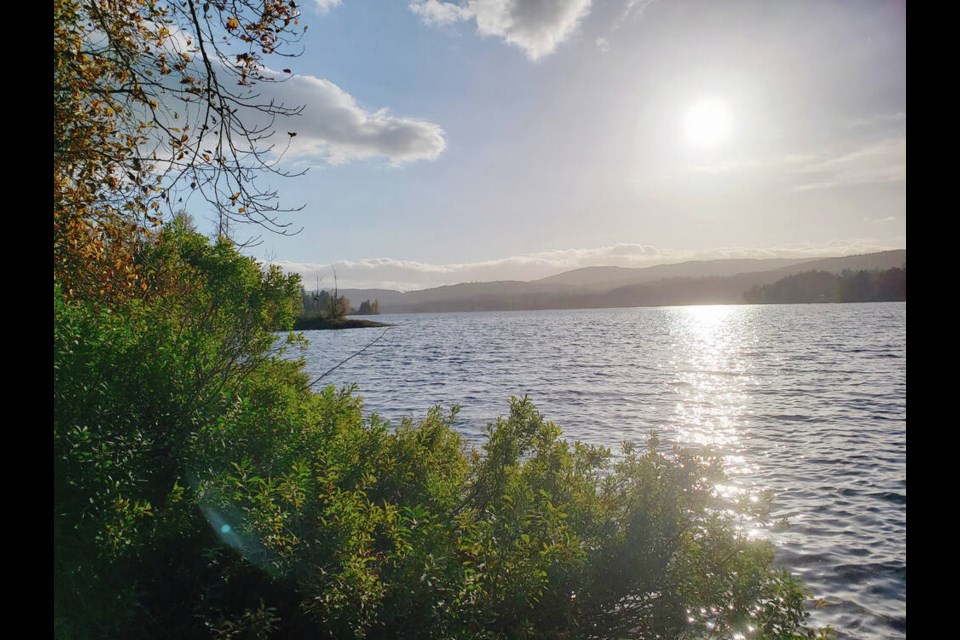Shawnigan Lake residents are pushing back on a waterfront trail project, citing environmental concerns.
The 1.4-kilometre trail would connect four community parks on or near the waterfront between Shawnigan Wharf Park and Old Mill Park.
The trail connects to previously completed trails from 2018 and 2020 stretching north to Renfrew Road, providing residents and visitors a separated pathway to walk, cycle and use mobility devices between parks in the Shawnigan Village area.
The project has been years in the making, and was first included in the community’s parks and trails master plan in 2010.
Residents are concerned about potential impacts to the lake’s riparian zone, and effects on the water quality of the lake, which is a source of drinking water.
David Munday, a registered professional biologist and president of the Shawnigan Basin Society, said the entirety of the trail is planned in the riparian zone. Mature trees are expected to be removed, which could lead to erosion and sediment leaching into the lake, he said. That can add nutrients to the lake, causing toxic algal blooms in a drinking water source and affecting coho salmon that live in the lake, Munday said.
“The way they’re doing it … they’re obliterating the riparian zone, which is affecting the lake ecology; it could very well affect the 4,000 to 12,000 people, depending on the season, getting their drinking water from Shawnigan Lake,” Munday said.
Munday would like to see the trail go on the E&N Railway tracks, instead of next to the tracks on the lake side.
Russell Lyon, who lives on a one-acre parcel of land bisected by the railway tracks, said the waterfront area looks like the Amazon basin, “lush with vegetation.”
He too would like to see the trail built on the tracks to avoid affecting the riparian zone and removing existing vegetation, and because he believes the trail will be underwater during winter, when the level of the lake rises.
The track is close to the high water mark and the terrain is steep, he said, leaving no room for a trail.
Another resident in the area, Kathy Code, said the waterfront is a lovely place to walk because of the vegetation and the wildlife that live in the area.
“If you take it all away and you put in a sanitized gravel path, that’s going to wash away in the winter storms, then you might as well just buy yourself a pair of hip waders right now. It’s just a project that doesn’t make much sense,” she said.
A spokesperson for the Cowichan Valley Regional District said in a statement the design of the trail positions it above the high water mark for Shawnigan Lake. Some sections will be slightly higher than the existing railway tracks, while other areas will be at the same elevation or slightly below the tracks, she said.
The spokesperson said all materials used to build the trail will meet environmental guidelines and regulations for use in proximity to water bodies.
The project underwent several environmental site assessments and environmental regulatory reviews to understand potential environmental impacts and mitigation measures, the spokesperson said. “The environmental and engineering assessments and reviews determined proceeding with the project can be accomplished with minimal impact risk to Shawnigan Lake and its environment, be responsive to environmental regulatory requirements and achieve appropriate environmental mitigation measures, all while providing for the multi-use village pathway long envisioned by the Shawnigan Lake community.”
A majority of the funding for the project came from the federal gas tax fund, which supports infrastructure projects across the country.
Construction is set to begin in October.
>>> To comment on this article, write a letter to the editor: [email protected]



